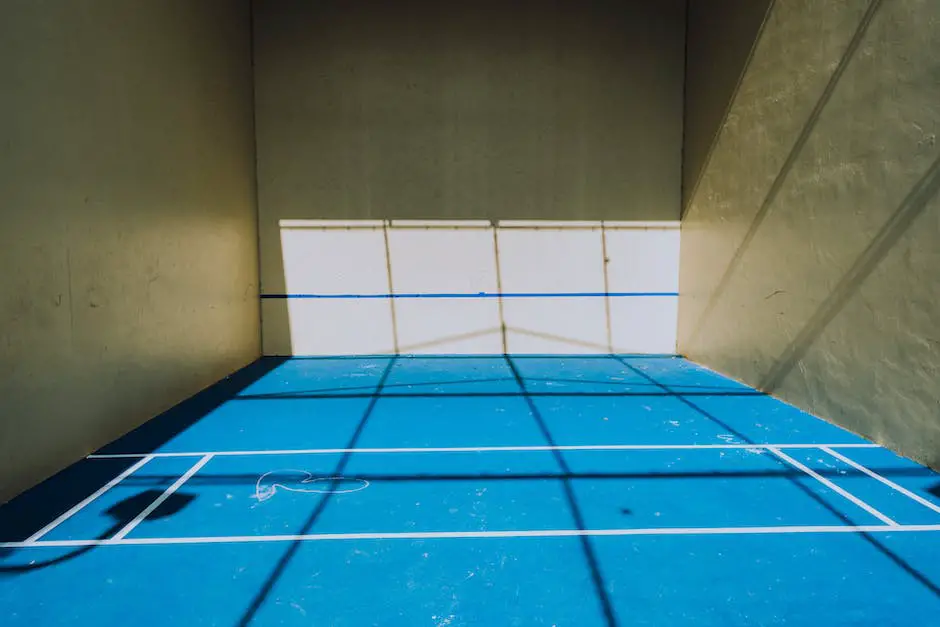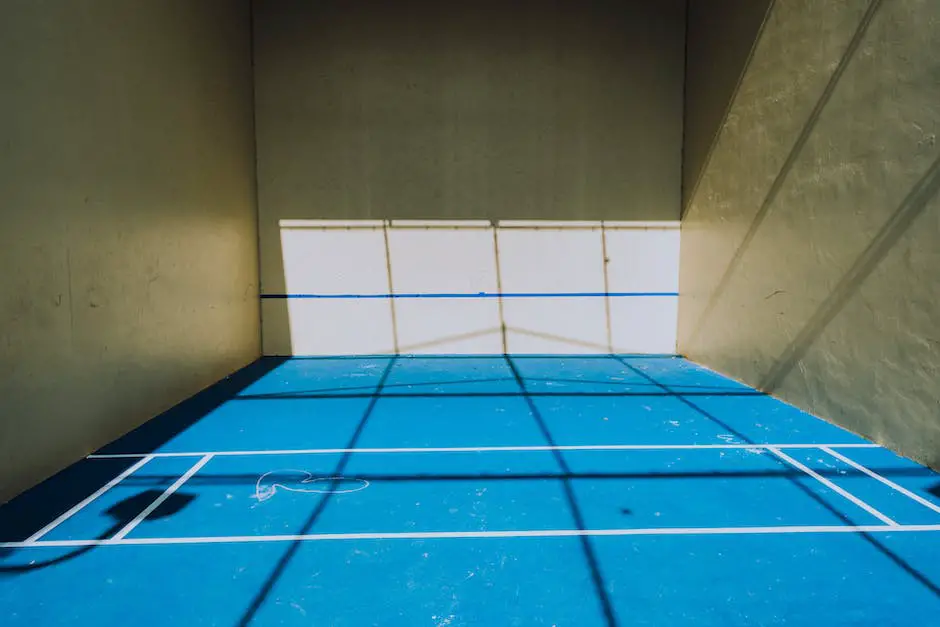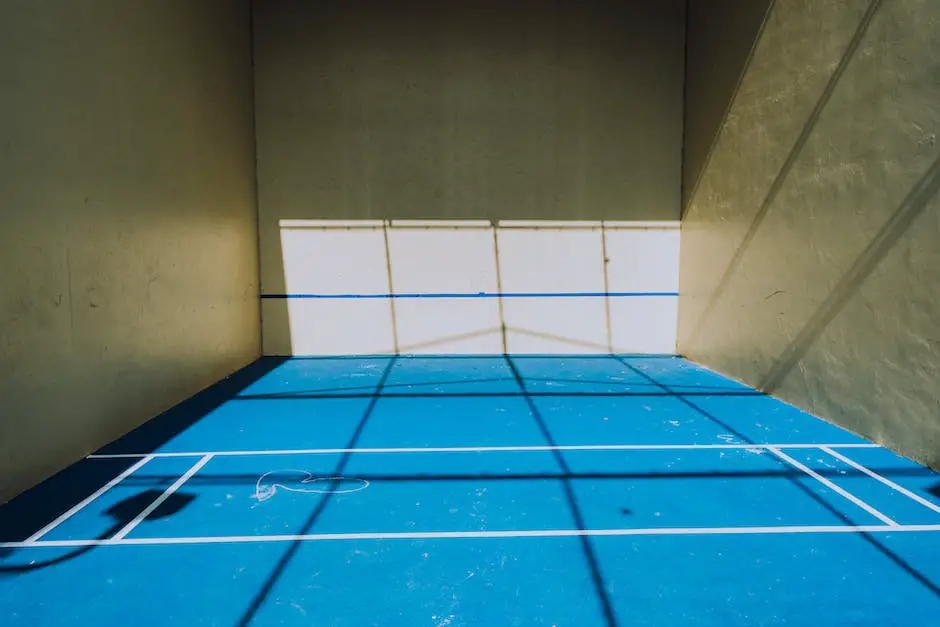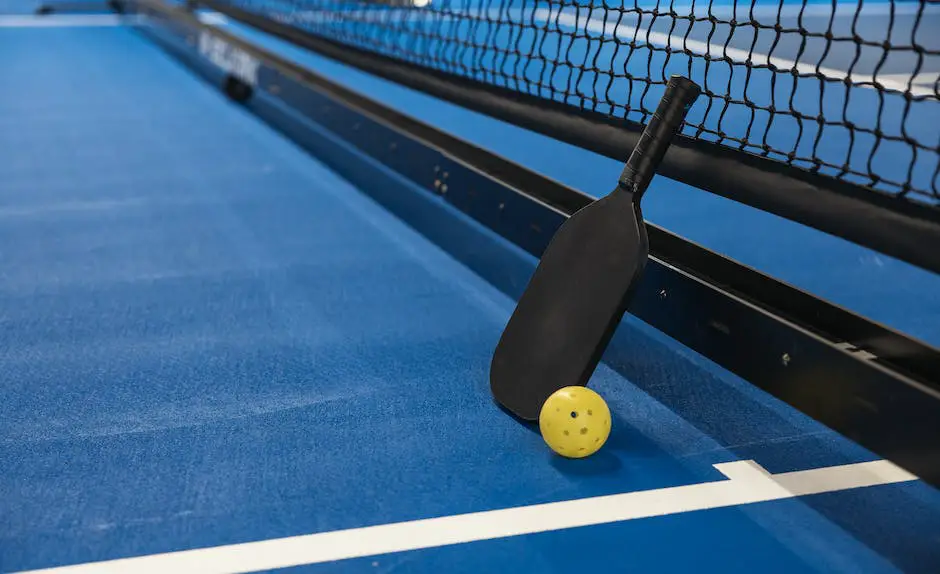Deeply rooted in fun and companionship, Pickleball, a unique amalgamation of tennis, badminton, and ping-pong, has witnessed a surge in popularity over the years and has claimed its spot in the world of competitive sports. The sport is played in two major versions: singles and doubles. Each has its distinct appeal and unique set of regulations, strategies, and demands on player skills. As the sport continues to cater to diverse groups of players, it’s pertinent to understand the distinguishing features of both singles and doubles play. This article embarks on a journey to explore the fascinating world of Pickleball singles and doubles, beginning with the basics of the sport, delving into the specifics of singles and doubles versions, and concluding with a comparative analysis to help you choose the version that suits you best.
The Basics of Pickle Ball
History and Popularity of Pickleball
Pickleball is a paddle sport that combines elements of tennis, badminton, and table tennis. This sport originated in the mid-1960s as a children’s backyard pastime but has since grown into a game popular amongst all ages. Featuring two or four players, this engaging sport is usually played on a badminton-sized court with a modified tennis net, paddle, and a plastic ball with holes. Due to its fun nature and easy-to-learn gameplay, pickleball has seen robust growth in popularity, with over 3.1 million players in the United States alone according to the Sports & Fitness Industry Association (SFIA).Playing Pickleball: Singles vs Doubles
In the singles version of pickleball, there are two individual players competing against each other. This game tends to be more physically demanding as the player is responsible for covering the entire width of the court. The play is generally fast-paced, and it emphasizes player agility, quickness, and precision.On the other hand, doubles involves four players, two on each side, providing each player with less court area to manage. As a result, doubles play generally emphasizes teamwork, with strategic positioning and shot selection being key factors. The pace of the game tends to be a little slower than singles, but can still be quite intense with volley exchanges at the net.
Fundamental Rules
The rules of pickleball are largely consistent, whether played in singles or doubles. Games are usually played to a score of 11, win by 2. Players score points only on serve, similar to the rules in volleyball.One unique rule is the “no-volley zone,” sometimes referred to as “the kitchen”: an area close to the net where volleys (hitting the ball before it bounces) are not allowed. This rule applies to both singles and doubles games.
In doubles, there are additional rules about serving rotation and player positioning. Each player serves in turn, and players must alternate their positions each time they regain the serve.
Equipment
Pickleball uses a distinctive set of equipment, including a perforated plastic ball, often compared to a whiffle ball, and a paddle that’s larger than a ping-pong paddle but smaller than a tennis racket. The court is the same size as a badminton court, with a net set at a height of 36 inches on poles and 34 inches in the middle.The exciting and dynamic game of pickleball offers two engaging styles of play: singles and doubles. Both variations of this popular sport promise to keep players of all ages and skill levels on their toes, offering an exciting fast-paced experience. While the fundamental appeal of the game is the same – its fun, lively, and inclusive nature – there are some interesting nuances and differences between singles and doubles that make each unique.
Pickle Ball Singles
Diving into Pickleball Singles
Focusing specifically on pickleball singles – a version of the game played between just two players – we will find that the dynamics, rules, and skills necessary are slightly different from those in the doubles format. This one-on-one version of the game necessitates a unique set of capabilities such as, specialized serving techniques, strategic court positioning, and an individualistic approach to tactical play.
Pickleball Singles Serving Rules
In singles, each player serves from their side of the court, alternating from right to left. The player on the right always commences serve at the start of each new game. It’s crucial for the serve to be underhand and contacting the ball below the waist. The serve should land in the opponent’s diagonal court. If it fails to do so, it is considered a fault. Only one serve is allowed, unlike in some other racket sports, which means precision and control are paramount.
Court Positioning in Singles
Perfecting court positioning in pickleball singles demands agility, footwork, and an understanding of the court’s dimensions. The player must be both offensive and defensive – ready to attack when the opportunity presents itself, but equally prepared to defend against aggressive shots from the opponent. Singles players often center themselves in the middle of the court to access all areas of the court effectively.
Strategic Play in Singles
Individual strategy in pickleball singles is about getting the upper hand over your opponent, focusing on exploiting their weaknesses and mitigating their strengths. High-level singles players often develop specific strategies for each opponent, adjusting those strategies in real-time as the match progresses. This encompasses everything from the speed at which the ball is hit to the choice of strokes and the target area on the opposing player’s side of the court.
Comparing Singles and Doubles in Pickleball
While the basic rules of pickleball do not change from singles to doubles, the strategies and player dynamics do. In singles play, each point tends to be more of a test of endurance and speed, and the whole court is utilized for shots. On the other hand, doubles involve more teamwork, communication, and strategic positioning, with a preference for keeping the ball in the middle of the court. In doubles, players are also prohibited from stepping into the non-volley zone unless the ball bounces in it first, a rule that does not exist in singles play.
Pickleball, a unique sport that blends elements of badminton, tennis, and table tennis, can be enjoyed in two major formats – singles and doubles. It is a fast-paced game where players wield solid paddles to bat a perforated ball over a net. Whether to engage in singles or doubles is largely dependent on each player’s personal preferences, strengths, and level of conditioning as both styles offer their own unique challenges and intense workout.

Pickle Ball Doubles
Doubles in Pickleball
Doubles in pickleball is an exciting variation that involves four players as opposed to two. This version preserves the fundamental rules and fast-paced action of the original game but introduces a new dynamic with two players on each side of the net. This extra player adds a layer of complexity and strategy, altering the overall feel and pace of the game.
Rules Specific to Doubles Play
In pickleball doubles, standard rules like keeping the serve within the diagonal opposite service court and the non-volley zone rule apply. The serve is supposed to be rotated amongst the team members, and only the serving team can score points. A key rule unique to doubles is the rule of service order. At the start of each new game, the first serving team will have only one chance to serve before the ball is passed to the opponents, and from then on, both members of each team will serve and score points until they fault.
Strategies for Doubles Play
Strategies in pickleball doubles heavily rely on effective team communication, positioning, and synchronized movements. Understanding your partner’s style of play and complementing it is crucial. A commonly used strategy is for both team members to move side by side, maintaining a straight line that leaves no open gaps. “Poaching” is another tactic where a player moves over to their partner’s side to aggressively return the ball.
Skills Applicable to Doubles Play
Pickleball doubles demands a unique set of skills. Foremost are good communication skills and the ability to coordinate movements with a partner. Technical skills like accurate serving, hard smashes, and soft drops are also crucial. Among the most important skills to master in doubles play is the ‘third shot drop’, a shot designed to land softly in the opponents’ non-volley zone, allowing the serving team to advance to the net.
Pickleball Singles vs Doubles
Comparatively, pickleball singles is an entirely different game, relying heavily on the player’s endurance and mobility. There’s a greater demand for speed and precision in singles, as each player has to cover a higher number of shots and the entire court. While the core rules remain the same, the trends and strategy significantly change when playing one-on-one.
Playing doubles, on the other hand, reduces the physical strain and emphasizes strategy and teamwork. The playing area for each player is halved, reducing the movement needed. In doubles, players can specialize and strategize their positions. For instance, one player can take charge at the net while their partner covers the baseline.
In conclusion, there are distinct differences between singles and doubles pickleball, with each game type having its own challenges and rewards. The game of singles pickleball tests a player’s endurance and accuracy, as the player has to cover the entire court alone. On the other hand, doubles pickleball emphasizes communication, strategy, and the importance of a synchronized team effort.

Comparative Analysis
Delving into the Gameplay: Singles and Doubles in Pickleball
Singles and doubles versions of pickleball present remarkably different gameplay experiences. In singles pickleball, players must manage covering the entire court solo. This demands endurance, agility, dexterity and quick reflexes. The speed of the game usually increases, yielding fewer rallies and providing more chances for assertive play – essentially, the singles game can be seen as a war of attrition.
Meanwhile, doubles pickleball shifts the game’s emphasis from physical coverage to teamwork. Rather than simple power shots, doubles players use their tight teamwork to employ a tactical approach, moving in coordination to respond to opponents’ shots. The primary strategy often revolves around controlling the net area, leaving less space vulnerable and putting the opposition on the defensive. In stark contrast to singles play, doubles games usually feature longer rallies and require strategic shot placement rather than brute force.
Comparison of Strategies
The strategies employed in singles and doubles Pickleball differ greatly. In singles play, the player targets the opponent’s weak points, making the opponent run from side to side to worn them out. The prime strategy is to keep the opponent moving, to capitalize on their fatigue.
In doubles play, teamwork is imperative. Teams can employ ‘stacking,’ where both players assume positions on the same side of the court, forcing the opponent to hit cross-court shots, making for more predictable returns. Communication is key in doubles play; partners must constantly correspond about their moves, positioning, and shot selections.
Suitability of Play Style Based on Factors
Whether a player opts for singles or doubles in Pickleball can often depend on factors such as age, physical fitness, and team play preference. Older players or those with mobility issues may prefer doubles play, as there is less ground to cover and the emphasis on strategy over speed is not as physically taxing.
On the other hand, younger or physically fit players might opt for singles play, using their speed and endurance to their advantage. Furthermore, players who prefer individual sport over team sport may be drawn to singles play.
It’s worth noting that doubles play can be more social and interactive, given the involvement of more players and the constant communication required. This makes it a preferred style for those who enjoy team dynamics and cooperation.
Pros and Cons
Each type of play has its pros and cons. Singles play might offer more action and competition, along with the satisfaction of winning a match single-handedly. However, it can be physically wearying and may not appeal to those who prefer strategizing with a partner.
Doubles play, while less physically demanding, involves more mental strategy and collaboration. It allows players to share responsibilities and cover each other’s weaknesses. The downside, however, is the need for effective communication and understanding with the partner, and potential errors can lead to disagreements.
In conclusion
A player’s choice between singles and doubles in Pickleball relies heavily on personal preference, physical capability, strategic prowess, and social interaction. Each provides a unique playing experience that caters to different strengths, capabilities, and interests. Therefore, both singles and doubles Pickleball possess distinctive attractions that make them appealing to different kinds of players.

As one traverses through the exciting journey of Pickleball, getting to grips with the basic elements of the game, deciphering the strategic complexities of singles and doubles play, one begins to appreciate the rich diversity that this sport delivers. Each version of the game offers distinct flavors, challenges, and opportunities, and the choice of playing singles or doubles squarely rests on individual preferences, fitness levels, and the craving for team dynamics. As we bring this exploration to an end, it should be noted that whether one is a solitary strategist preferring singles or an avid team player enjoying the principles of doubles, Pickleball is about fun, fitness, and camaraderie. It’s about finding your groove in this vibrant game, and regardless of your choice of play, the spirit of Pickleball embraces all.